By John Paul Khoury, CCC, www.preferredmeats.com, www.preferredmeatsblog.com
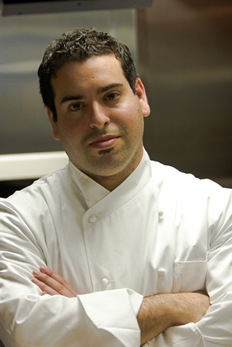 An interview with Mark Liberman, chef/owner of Black Sheep Butchery, Sacramento.
An interview with Mark Liberman, chef/owner of Black Sheep Butchery, Sacramento.
Mark Liberman, a well-seasoned Sacramento, Calif., native, has worked in some of the top kitchens in America, if not the world, for such chefs as Joël Robuchon, Daniel Boulud and Roland Passot. Liberman has also competed in the semi-finals of the prestigious Bocuse d'Or. He has, curiously enough, returned to Sacramento and opened his own business. What brought Liberman back home, and what's his story?
Here's the scoop:
What drew you to the industry and why become a chef?
My initial draw into the restaurant/hospitality industry began when I was relatively young; growing up with both of my parents cooking at home and watching lots of PBS cooking shows is what drew me in. But when I got my first job as an apprentice at 15, I was hooked even before I ever worked on a line. Every day is something new, every day you start from scratch. It’s incredibly tough with long hours and constant pressure, but I never even fathomed doing something else.

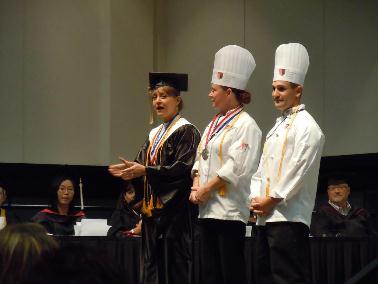 Three culinary graduates of The International Culinary School at The Art Institute of Colorado were honored for their exemplary 4.0 grade-point averages at the Summer Quarter 2010 graduation, held at the Colorado Convention Center on Friday, September 24.
Three culinary graduates of The International Culinary School at The Art Institute of Colorado were honored for their exemplary 4.0 grade-point averages at the Summer Quarter 2010 graduation, held at the Colorado Convention Center on Friday, September 24.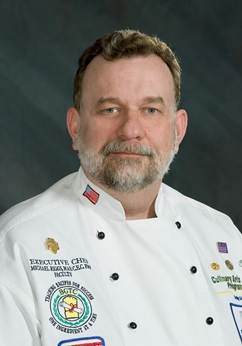 Part 1 of a two-part story of an educator’s learning excursion this past summer.
Part 1 of a two-part story of an educator’s learning excursion this past summer.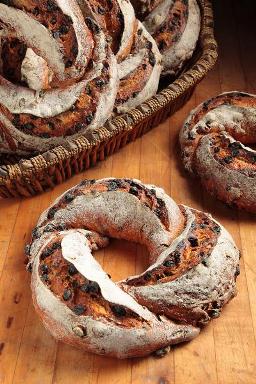 Educators and students were among the 38 finalists who rose to the occasion in the California Raisin Marketing Board’s final bake-off.
Educators and students were among the 38 finalists who rose to the occasion in the California Raisin Marketing Board’s final bake-off. A server needs to seize the opportunity for determining the type of sparkling wine his or her customers prefer.
A server needs to seize the opportunity for determining the type of sparkling wine his or her customers prefer.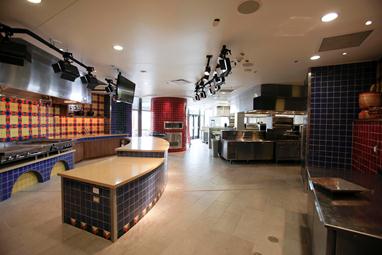 Culinary leaders from the Western Hemisphere gathered last month in San Antonio to celebrate El Sueño, The Culinary Institute of America’s mission to promote Latino diversity in the foodservice and hospitality industries.
Culinary leaders from the Western Hemisphere gathered last month in San Antonio to celebrate El Sueño, The Culinary Institute of America’s mission to promote Latino diversity in the foodservice and hospitality industries. An interview with Mark Liberman, chef/owner of Black Sheep Butchery, Sacramento.
An interview with Mark Liberman, chef/owner of Black Sheep Butchery, Sacramento. Forming dyads requires students to clarify their own thinking before sharing it with another student, and then discuss it before sharing it with the entire class.
Forming dyads requires students to clarify their own thinking before sharing it with another student, and then discuss it before sharing it with the entire class.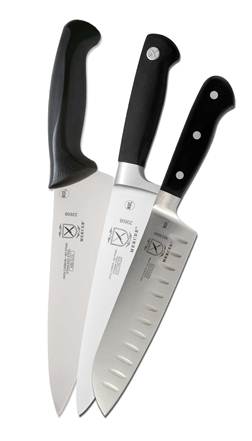 Chef Weiner continues his advice for students on selecting and maintaining knives. This month: the difference between sharpening and honing and the definition of “true.”
Chef Weiner continues his advice for students on selecting and maintaining knives. This month: the difference between sharpening and honing and the definition of “true.”